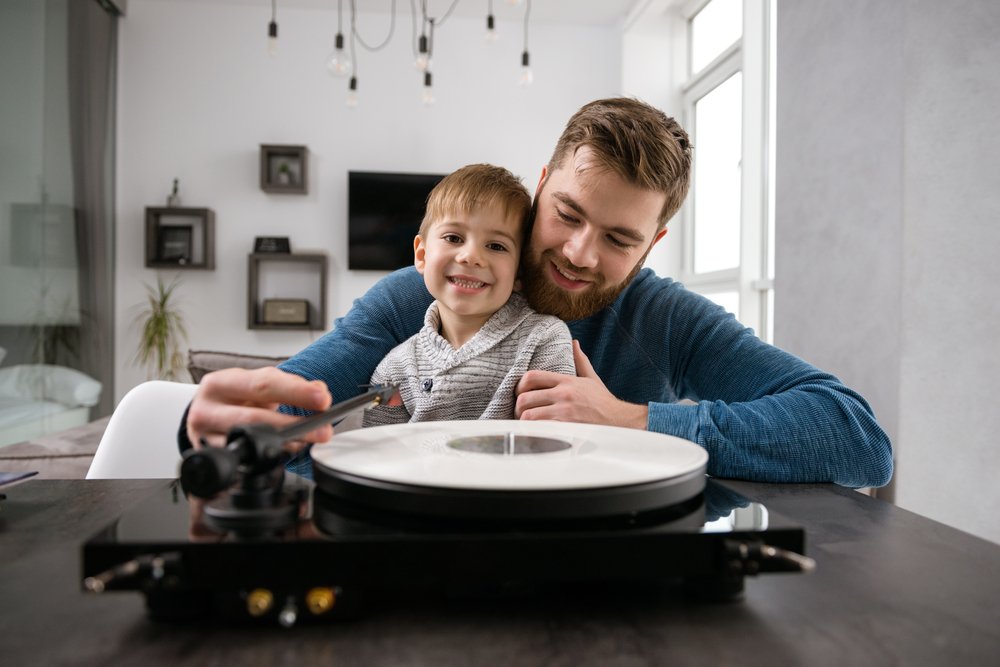Key points:
- Music engages a child’s attention and supports language acquisition.
- Repetitive songs help kids learn new words and enhance memory skills.
- Encourage your child to invent short songs about daily activities.
- Use music for finger motions, rhythm games, dance sessions, and connecting with emotions.
There’s a reason why parents instinctively use music and rhythm to soothe a child. It is used as a way to express positive emotions and to engage the little one’s attention to interact with them. According to a 2016 study by the Brain and Creativity Institute at the University of Southern California, music is not only fun and beautiful, it also kindles the brain circuits in a way that other visual or physical activities don’t, especially regarding language acquisition. This might be because music brings both mind and body together.
Toddlers and preschoolers can benefit a lot from hearing repetitive songs because, by doing so, they can learn new words and use their memory skills. They frequently enjoy songs about familiar objects they already recognize and interact with, or with predictive rhythms that they can duplicate and move their bodies to.
Here are some musical activities with which you can encourage your child’s musical skills without necessarily enrolling them in violin classes:
- Invite your child to invent short silly songs about one thing or one daily activity. Sing it when prompted by the object or situation to encourage attention and memorization. As you will have noticed from experience, our brains usually remember language better when it’s accompanied by music.
- Have your kid practice their fine motor skills and coordination by doing the finger motions of songs like Itsy Bitsy Spider.
- Play rhythm games. Have your child reproduce the rhythm of a song by tapping on objects they have at hand, like the floor, a box, different surfaces, etc.
- Have dance sessions. Play different types of music and invite your child to dance to the rhythm. You can model moving to the beat and also encourage describing the song with easy words, like loud, slow, happy, etc. This way, you are helping them perfect the control of their arms, legs, and torso.
- Help your child connect with their feelings by listening to some classical music.
- Explore playing some songs that you both enjoy, so you don’t get tired of kid’s music. We recommend The Sound of Music soundtrack, as it is more complex music while, at the same time, it’s fairly repetitive, uses easily-explained words, and it’s fun to sing-along to!








